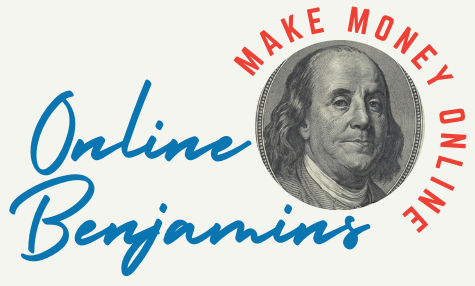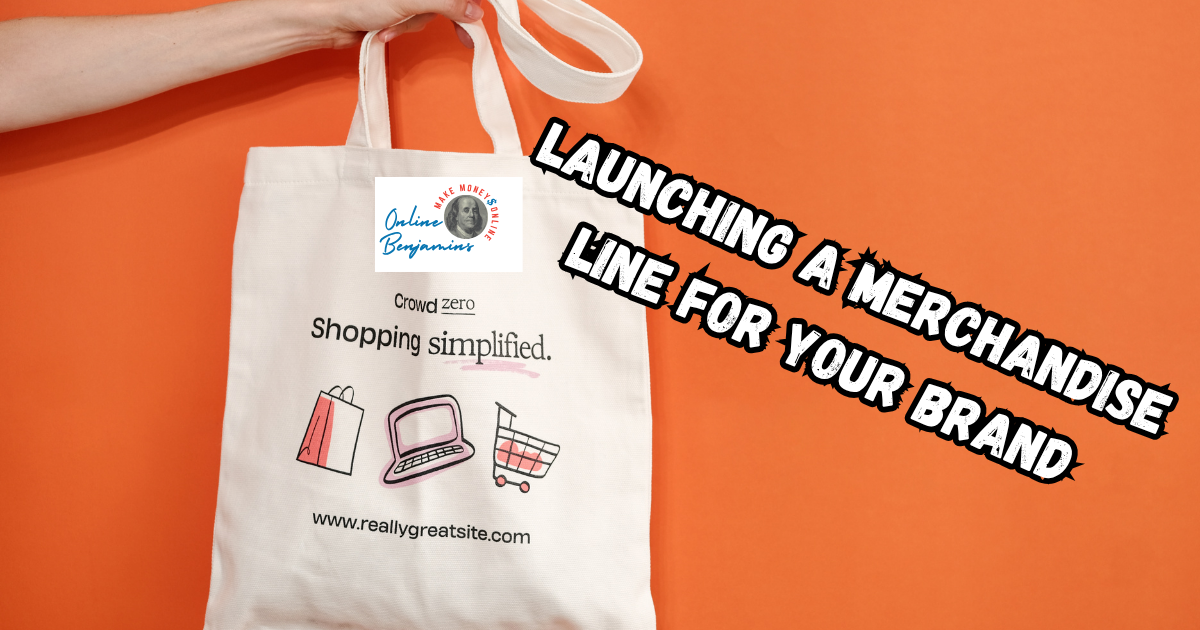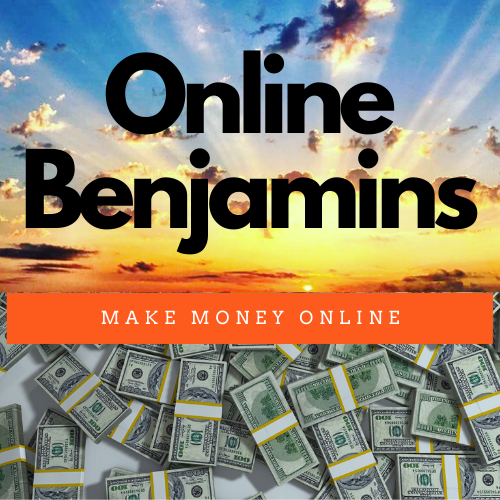If you’re looking to strengthen your brand and create new ways for people to get involved with your business, starting a merchandise line delivers some real advantages. I’ve seen firsthand how branded hoodies, mugs, tote bags, and other products can help companies grow, connect with customers, and stand out in a crowded market.
QUICK LOOK: – Benefits of Launching a Merchandise Line for Your Brand
- Create walking ads: Shirts, hats, tote bags, or water bottles act as mobile advertising. When customers wear or use your branded items, your logo makes its way into offices, parks, gyms, schools, and grocery stores.
- Build long-term recall: Studies from the Promotional Products Association International show that people keep branded merchandise for months or even years. Every time they use that merch, your brand sticks in their mind.
- Strengthen your brand identity: Consistent branding on quality items reinforces your message and helps your visuals become familiar and trusted. High-quality merch signals you care about the little details.
- Fosters community: When customers wear your merch, they signal shared values and interests. It’s a bit like rooting for a sports team. You feel part of the club.
- Gets your audience involved: Exclusive drops or personalized merchandise make people feel special. I love offering small-batch items, as it makes loyalty even more rewarding.
- Turns fans into ambassadors: Happy customers who proudly sport your gear will often talk about your business. I’ve had several clients tell me new customers tracked them down through merchandise seen out in the wild.
- Fosters community: When customers wear your merch, they signal shared values and interests. It’s a bit like rooting for a sports team. You feel part of the club.
- Gets your audience involved: Exclusive drops or personalized merchandise make people feel special. I love offering small-batch items, as it makes loyalty even more rewarding.
- Turns fans into ambassadors: Happy customers who proudly sport your gear will often talk about your business. I’ve had several clients tell me new customers tracked them down through merchandise seen out in the wild.
- Lower cost per impression: Compared to paid ads, promotional products offer a lower costs for each time someone sees your logo.
- Evergreen visibility: Unlike billboards or online campaigns that expire, well-made merchandise can keep your message alive indefinitely.
Here, I’ll walk through the benefits I’ve experienced and witnessed when launching a merchandising line for my own brand and for my clients. It’s time to roll, so let’s dig into what makes merchandising powerful for any business.
Why Merch Matters for Brand Growth
Building a successful brand involves more than just great products or services. People want to feel connected, and merchandising offers a fun and practical way to make that happen. When customers use your branded gear, they’re doing a lot more than simply showing loyalty. They become walking billboards for your business, spreading your message far beyond your immediate circle.
Branded merchandise puts your brand in front of new eyes every day, often in unexpected places. I once ran into someone wearing a shirt with my business logo at a coffee shop miles away from our base. That simple encounter sparked conversations with strangers and even brought in new leads. This kind of visibility is hard to achieve with social media alone. Plus, merchandise leaves a tangible impression that digital ads can’t always deliver.
Brand Visibility and Recognition
When I think of the brands I remember most, it’s often because I’ve seen their logo on someone’s bag or water bottle. Merchandise works in a way few other marketing tools can:
- Create walking ads: Shirts, hats, tote bags, or water bottles act as mobile advertising. When customers wear or use your branded items, your logo makes its way into offices, parks, gyms, schools, and grocery stores.
- Build long-term recall: Studies from the Promotional Products Association International show that people keep branded merchandise for months or even years. Every time they use that merch, your brand sticks in their mind.
- Strengthen your brand identity: Consistent branding on quality items reinforces your message and helps your visuals become familiar and trusted. High-quality merch signals you care about the little details.
The impact multiplies with each person who sees your gear in public. One of my clients saw a spike in social media followers after their reusable water bottles started appearing at local athletic events. A simple product has the power to create buzz naturally.
Customer Loyalty and Community Building
One of the coolest things about branded merch is how it turns a simple transaction into an emotional connection. I’ve seen fans line up for limited edition t-shirts or mugs just to feel part of something bigger. Here’s how merchandising deepens those ties:
- Fosters community: When customers wear your merch, they signal shared values and interests. It’s a bit like rooting for a sports team. You feel part of the club.
- Gets your audience involved: Exclusive drops or personalized merchandise make people feel special. I love offering small-batch items, as it makes loyalty even more rewarding.
- Turns fans into ambassadors: Happy customers who proudly sport your gear will often talk about your business. I’ve had several clients tell me new customers tracked them down through merchandise seen out in the wild.
Offering limited merchandise or gifts with purchases works especially well in boosting loyalty. Recently, I rewarded my newsletter subscribers with a custom enamel pin. The buzz and excitement afterwards made a big impact on repeat business. Once, a subscriber posted a photo of their pin on social media, prompting a flurry of comments and shares. This sense of belonging and exclusivity really helps build a true following.
New Revenue Streams and Business Growth
Launching a merchandising line doesn’t just support marketing efforts. It can open up a new revenue stream for your business. There are a couple of ways I’ve seen this happen:
- Direct product sales: Selling hats, shirts, or other branded gear to fans adds a simple income source. In my experience, the bestselling items are practical, high-quality, and visually appealing.
- Increases order values: Using merchandise as a reward for larger purchases can drive average order value higher. Offering a tote bag for orders above a certain threshold helped one client boost their basket size by 15% in a single campaign.
- Creates buzz and hype: Launching limited runs, exclusive designs, or collaborative products generates excitement that can spill over into your main product or service offerings.
Generating income from merchandise not only puts cash in your pocket, but it also funds further marketing projects. The best part is, you’re earning money while still building brand awareness. Successful merch drops help fund other creative ideas, like pop-up events or special promotions.
Cost-Effective, Long-Lasting Marketing
Branded merchandise doesn’t require a monthly spend like digital ads. Once you’ve paid for production, each item keeps advertising your business every time it’s worn or used. I’ve seen customers use the same branded mugs or jackets for years, offering thousands of impressions for just a one-time cost.
- Lower cost per impression: Compared to paid ads, promotional products offer a lower costs for each time someone sees your logo.
- Evergreen visibility: Unlike billboards or online campaigns that expire, well-made merchandise can keep your message alive indefinitely.
Even a small investment can create big results in terms of reach and recognition, especially when the merch is crafted thoughtfully and designed with care. There’s no need for pricey campaigns when your products do the talking for you. Some companies even find that certain types of merchandise become collector’s items, keeping people engaged with your brand for even longer.
Boosting Internal Culture and Employee Morale
Merchandise doesn’t just work for customers. Internally, it’s a simple way to inspire pride and unity on your own team. Custom t-shirts or hats for staff outings can bring people together and make everyone feel appreciated.
- Creates a sense of unity: When everyone on the team wears the same branded gear at events, there’s a real feeling of togetherness.
- Recognizes achievements: Unique merch given as rewards for hitting milestones, like a limited edition hoodie for top performers, has been really motivating in my own business.
I’ve also seen branded swag stores become a fun perk for employees. When workers can pick out their own gear, it feels more personal and appreciated. At a recent company retreat, staff enjoyed customizing their swag bags, which boosted morale and left lasting memories.
Things to Think About Before Starting a Merch Line
It’s easy to get excited by all the possibilities, but a great merchandise line goes beyond putting a logo on random items. I always encourage brands to think through a few important points:
- Choose quality over quantity: Poorly made merch can do more harm than good. I always test samples before making big orders. Make sure the fit, feel, and durability reflect well on your business.
- Design with your audience in mind: Items should match your brand and appeal to your customers’ tastes. A coffee shop might focus on sturdy mugs, while a fitness brand could offer water bottles or gym bags.
- Price carefully: Think about the value you’re offering. Pricing too low can cheapen your brand, but pricing too high may turn off buyers looking for a small way to support you.
- Consider logistics: From production to shipping, there are details to coordinate. I recommend starting small and scaling as you learn what your audience really wants.
Remember, a successful merch line is as much about thoughtful design as it is about business strategy. Pay attention to packaging and presentation, too. Well-packaged merchandise grabs attention and adds to the overall experience. And don’t be afraid to ask your audience what types of products they’d love to see next; their input can inspire your next bestseller.
Production and Fulfillment
Merchandising might seem like a side project, but managing inventory, shipping, and returns takes some organization. Print-on-demand partners can eliminate some upfront costs and storage needs, but watch out for production and shipping times.
My experience with missed holiday deadlines taught me that planning keeps everything running smoothly. A good game plan for fulfillment can save you a lot of headaches down the road. It’s also worthwhile to double-check supplier reviews and request transparent communication about timelines and quality control. That way, you can make sure your customers aren’t left waiting or disappointed.
Advanced Tips and Fresh Ideas
Once your initial merch drop does well, try new ideas to keep things interesting and encourage repeat purchases. A few ideas I’ve tried or seen work well:
- Seasonal releases tied to events or holidays
- Collaborations with artists or other brands
- Personalized merchandise, such as monogrammed items
- Including QR codes on products that link to special content or offers
I find this approach keeps your community involved and might even attract attention from the media or industry partners. Also, consider running contests where customers share photos of themselves using your merch for a chance to win exclusive gear or discounts. This not only boosts excitement but also crowdsources content that you can share across your marketing channels, showing real people loving your products.
Frequently Asked Questions
If you’re considering launching a merchandising line, you might have questions. Here are answers to a few common ones clients have asked me:
What items sell best for new brands?
T-shirts, hats, mugs, and tote bags work well because people use them regularly, and they offer good printing surfaces for your logo. Stickers, pins, and reusable water bottles are also popular, especially among younger audiences or for events.
How do I promote my new merch line?
Use social media, email newsletters, and in-store displays if you have a physical location. Offering limited-time discounts or bundling items can also get people excited. Teaming up with influencers or local personalities to showcase your products is another way to get the word out quickly.
Do I need to hold inventory?
Not always. Print-on-demand services mean you only produce what’s sold, but you’ll have less control over quality and shipping times. For bigger campaigns, having inventory on hand gives you more flexibility. If you anticipate lots of orders, consider a hybrid approach to balance convenience and quality.
How can I use merchandise for business events?
Give away branded swag at trade shows or local events. It’s a good way to start conversations and keep your business on people’s minds even after the event is over. Consider exclusive designs or packages to make your items even more memorable.
Ready to Build Your Brand?
A merchandising line does more than provide some extra income. It turns everyday items into opportunities for people to remember and talk about your business. My own adventure with branded merch has shown me just how powerful a simple t-shirt or mug can be in building stronger customer relationships, boosting visibility, and growing a business from the inside out.
Consider what makes your brand unique, and think about how you can turn that into something fun people would be proud to wear or use every day. Take your brand up a notch with merch that tells your story, connects your community, and opens up new possibilities for growth.
Check Out Our Most Recent Articles:
- The Role Of Machine Learning In Predicting Consumer Behavior

- 5 Tips on How To Use Data Analytics To Drive Your Content Marketing

- A 9-Step Beginner’s Guide To Creating And Selling Online Courses

- “Passive Income Streams: What They Are And How To Build Them Online”

- Building A Successful Affiliate Marketing Business: The Ultimate 7-Step Guide

- 11 Benefits Of Launching A Merchandise Line For Your Brand
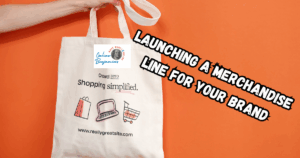
Wishing You Much Success in Growing Your Merchandise Line,
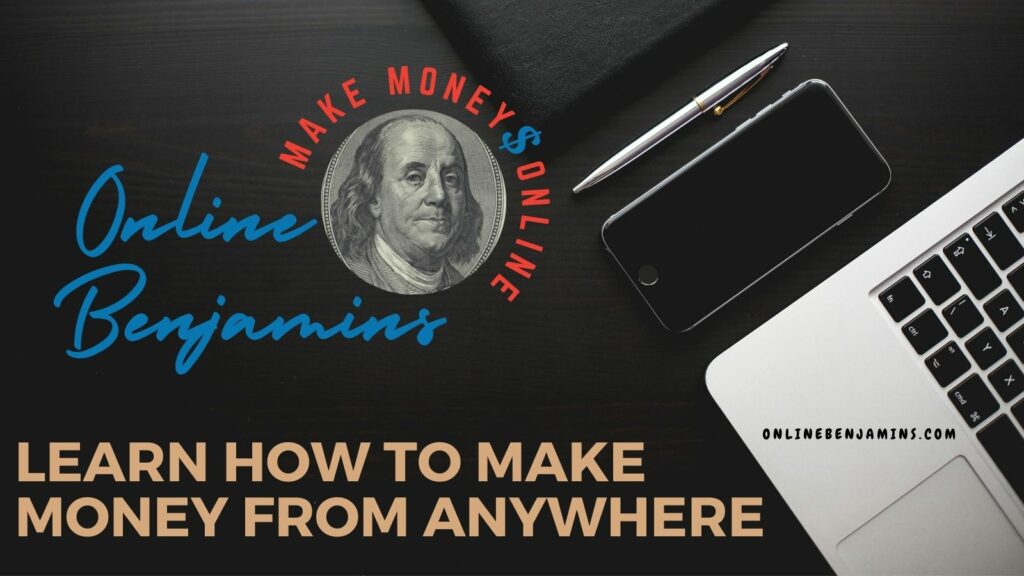
- onlinebenjamins.com
- thebeachangler.com
- thesinnerinthemirror.com
- Facebook: Online Benjamins
- Twitter: @onlinebenjamin1
- Instagram: dotcomdinero
- YouTube: Online Benjamins
Rex
P.S. If you have any questions or are unsure of anything, I am here, and I promise I will get back to you on all of your questions and comments. Just leave them below in the comment section. Follow me on Twitter: @onlinebenjamin1, Instagram: dotcomdinero, and Facebook: Online Benjamins.
Hi,
Thanks for stopping by and congratulations for taking the first steps to building your own online business. I’ve been in business both offline and online since 1997. I would consider it an honor to help you build your business. Father of 3, life long outdoorsman with an education in Genetics and Economics. This site is about cutting through the BS and finding the real opportunities in the online world. I look forward to working with you.
